51+ Sample Compliance Reports
-
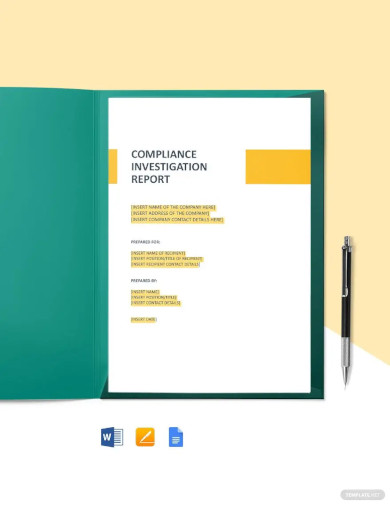
Compliance Investigation Report Template
download now -
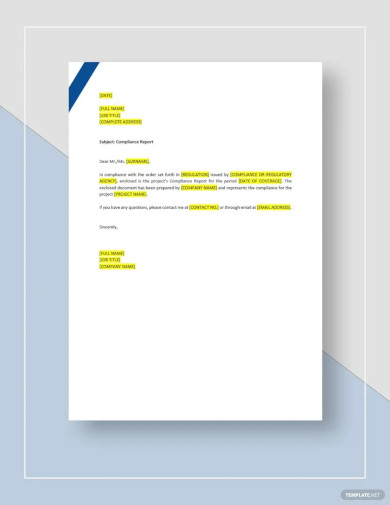
Compliance Report Template
download now -
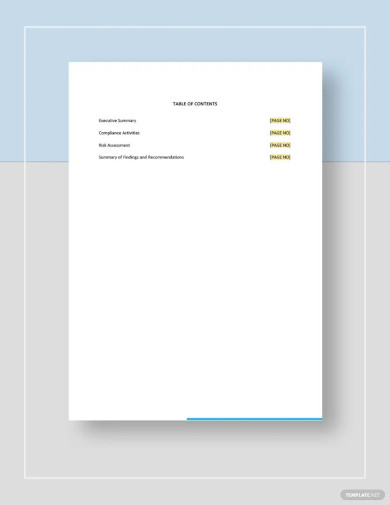
Board Compliance Report Template
download now -
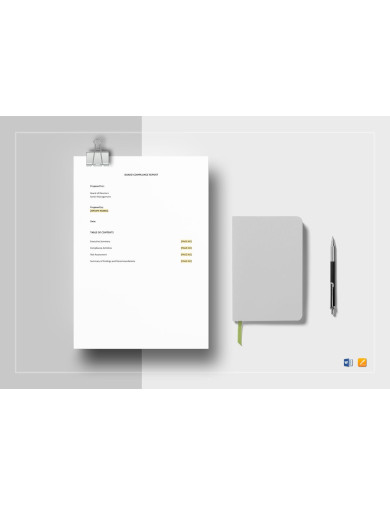
Board Compliance Report Template
download now -
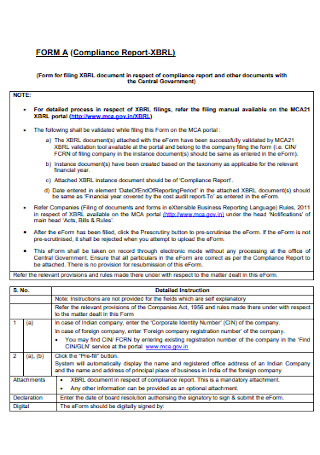
Sample Compliance Report
download now -
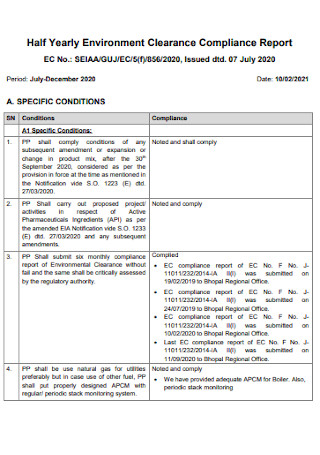
Environment Clearance Compliance Report
download now -
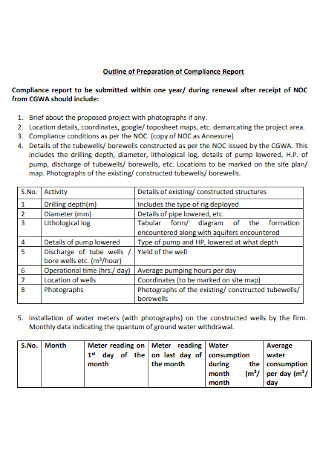
Outline of Preparation of Compliance Report
download now -
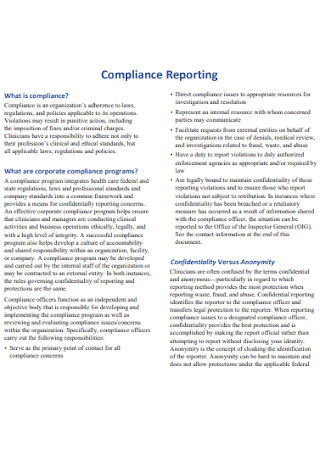
Compliance Report Format
download now -
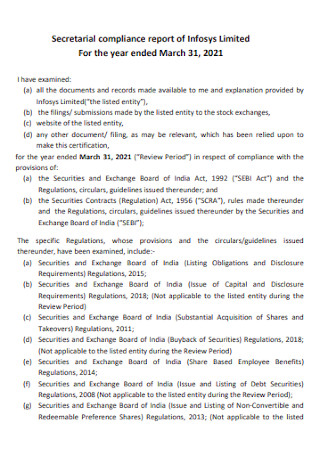
Secretarial Compliance Report
download now -
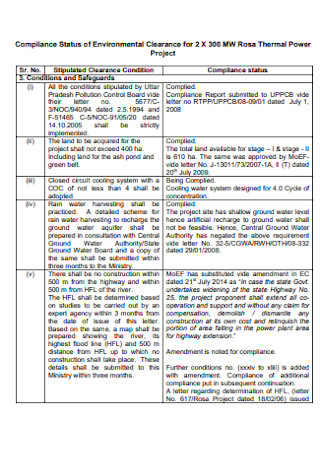
Compliance Status Report
download now -
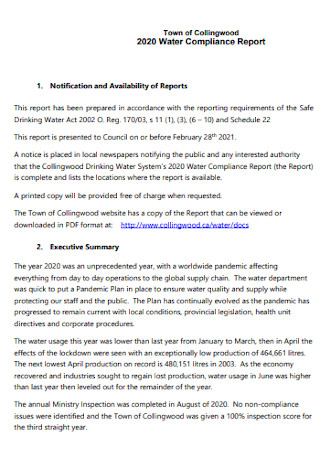
Water Compliance Report
download now -
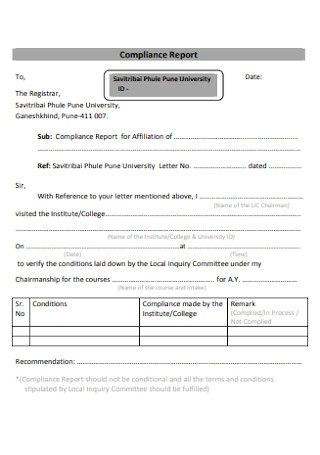
University Compliance Report
download now -
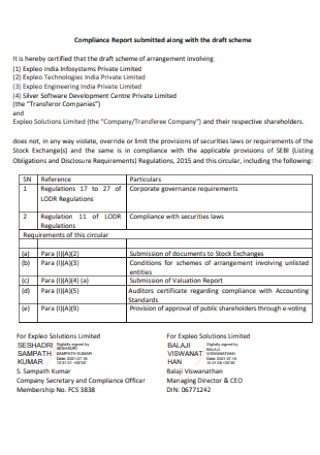
Basic Compliance Report
download now -
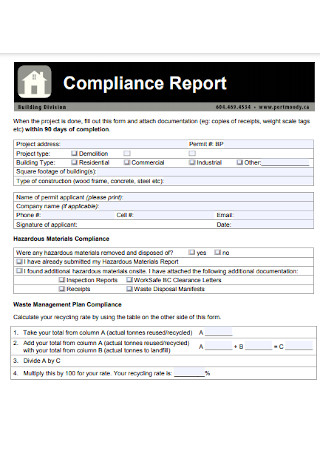
Simple Compliance Report
download now -
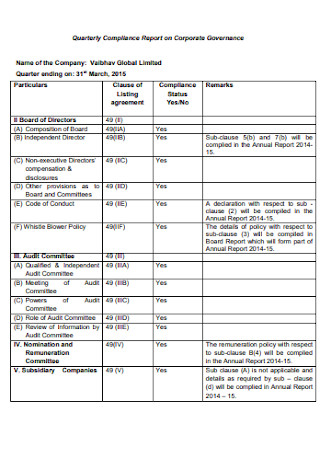
Quarterly Compliance Report on Corporate
download now -
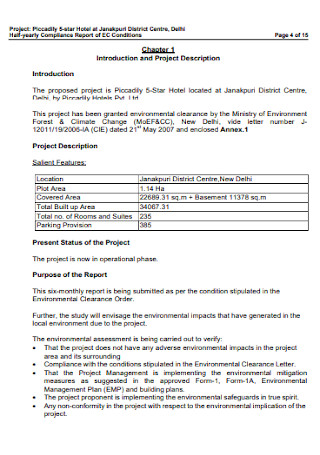
Half-yearly Compliance Report
download now -
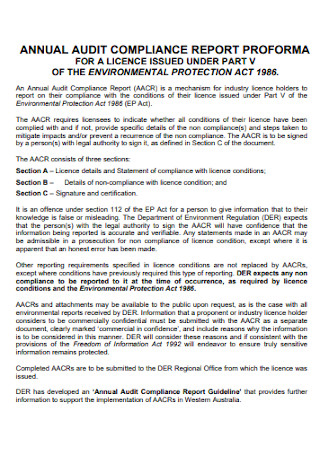
Annual Audit Compliance Report
download now -
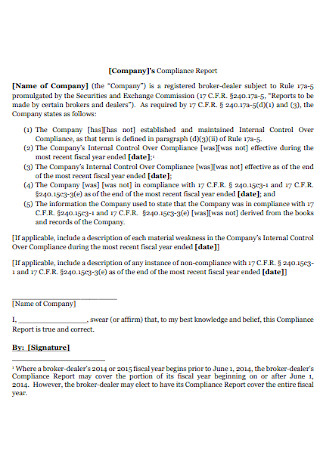
Company Compliance Report
download now -
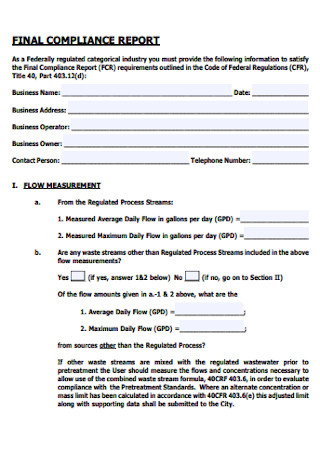
Sample Final Compliance Report
download now -

Verified Compliance Report
download now -
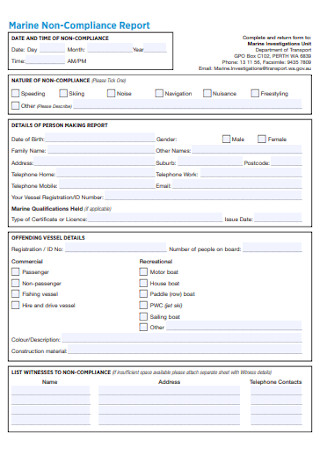
Marine Non-Compliance Report
download now -

Regulatory Compliance Report
download now -
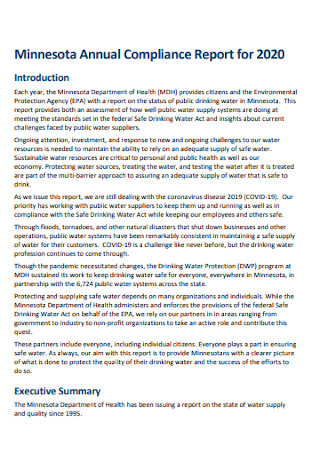
Minnesota Annual Compliance Report
download now -
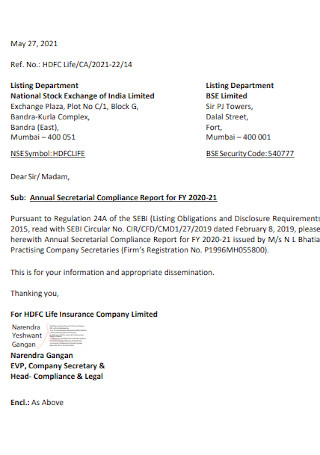
Compliance Report Letter
download now -
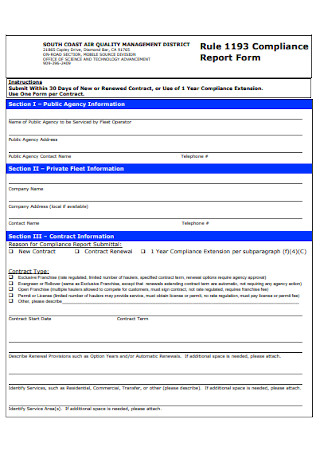
Compliance Report Form Template
download now -
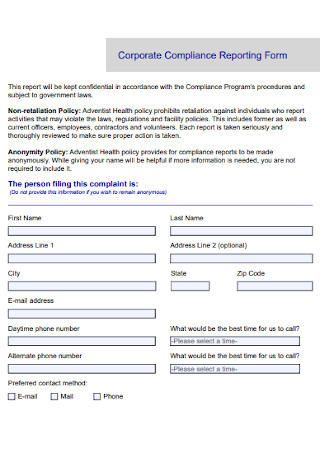
Corporate Compliance Reporting Form
download now -
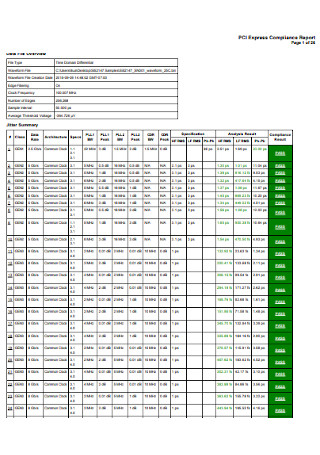
Express Compliance Report
download now -
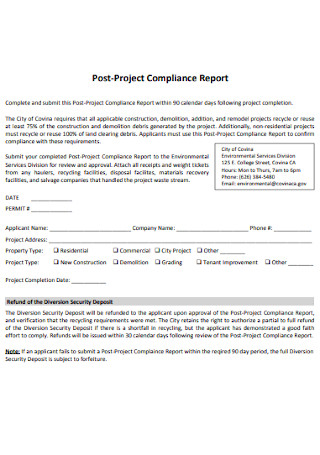
Project Compliance Report
download now -
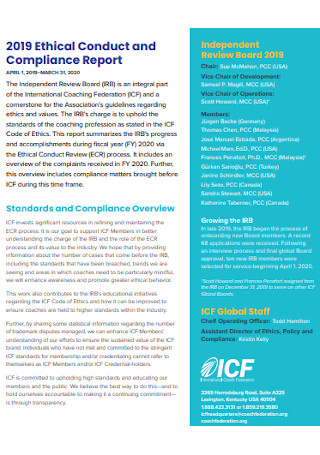
Ethical Conduct and Compliance Report
download now -
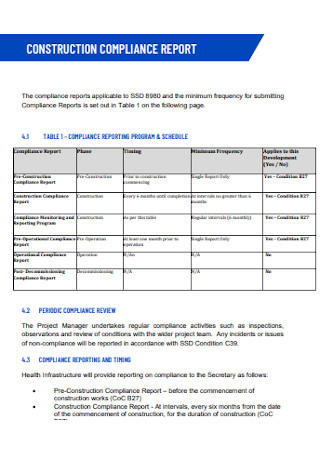
Construction Compliance Report
download now -
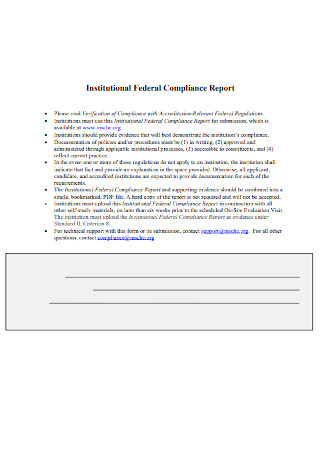
Institutional Federal Compliance Report
download now -
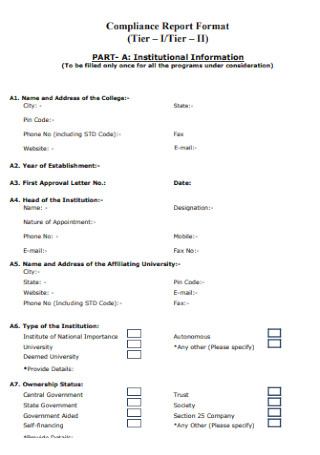
Sample Compliance Report Format
download now -

Compliance Program Board Report
download now -
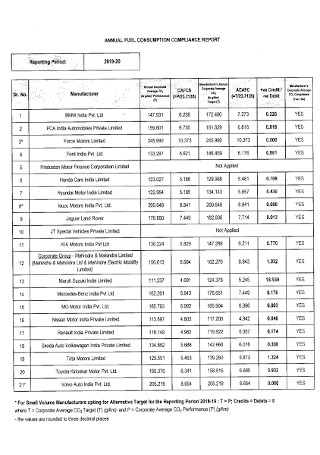
Fuel Consumption Compliance Report
download now -
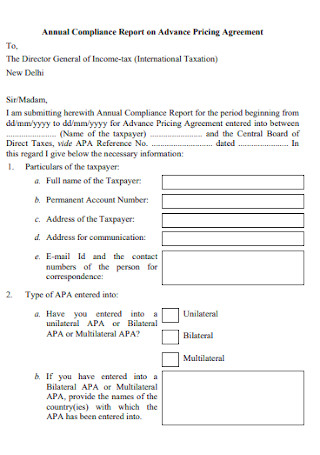
Compliance Report on Pricing Agreement
download now -

Simple Compliance Report
download now -
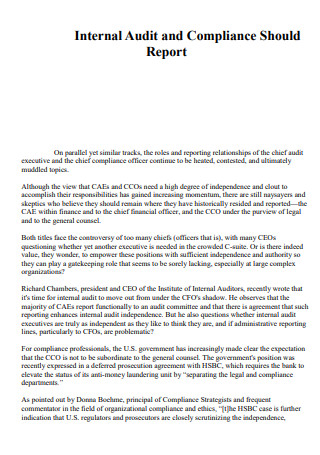
Internal Audit Compliance Report
download now -
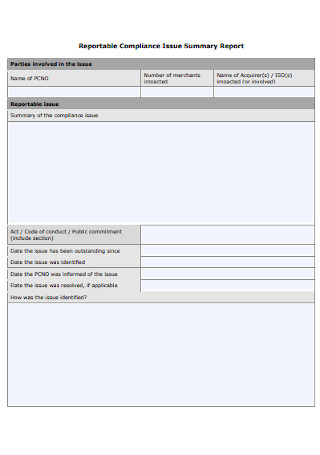
Compliance Issue Summary Report
download now -
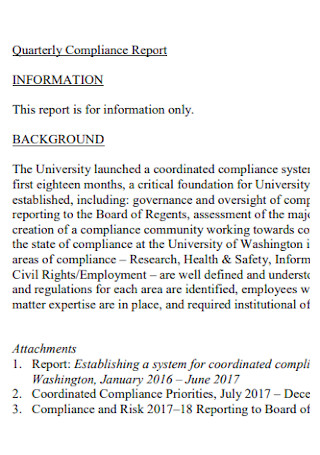
Quarterly Compliance Report
download now -
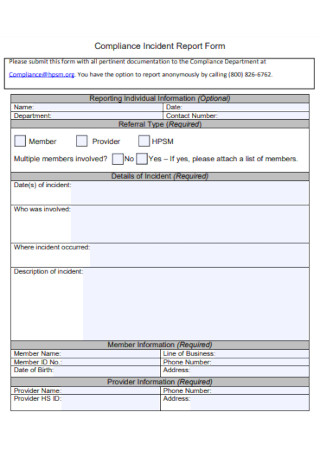
Compliance Incident Report Form
download now -
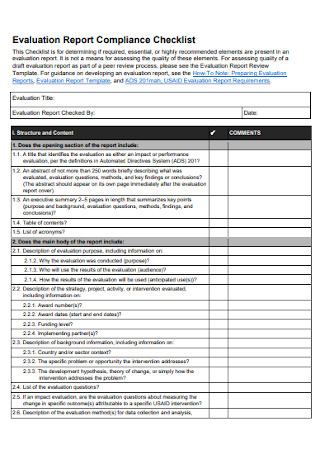
Evaluation Report of compliance Checklist
download now -
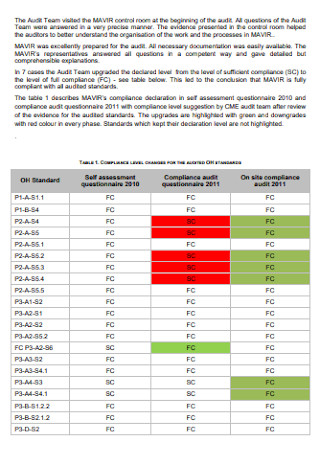
Compliance Audit Report
download now -
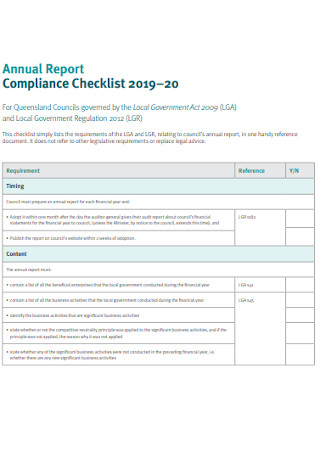
Compliance Report Checklist
download now -
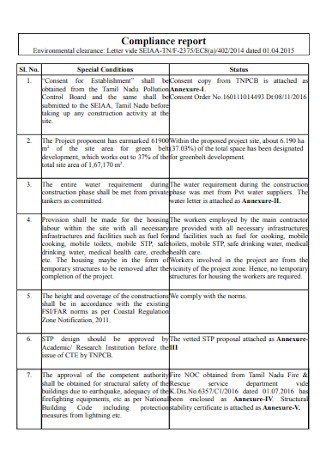
Standard Compliance Report
download now -
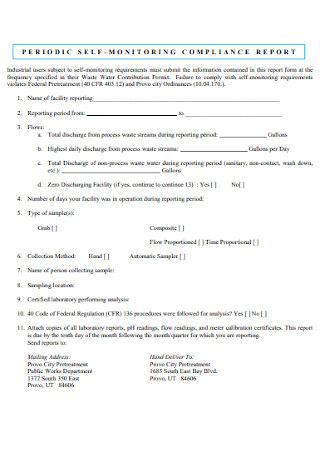
Self Monitoring Compliance Report
download now -
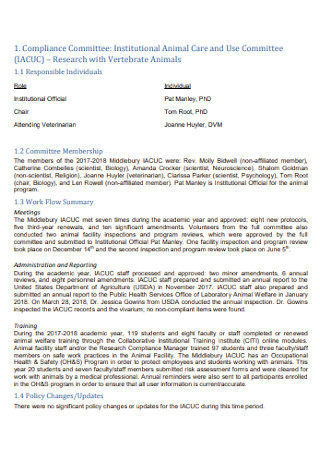
Research Compliance Report
download now -
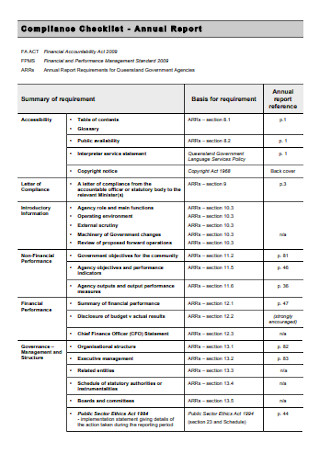
Annual Compliance Report
download now -
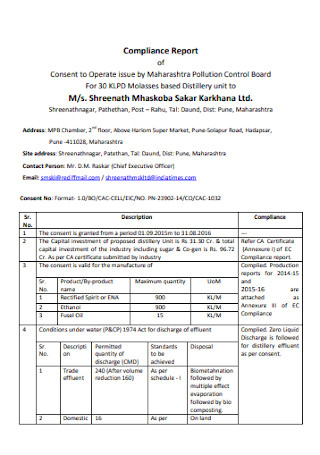
Formal Compliance Report
download now -
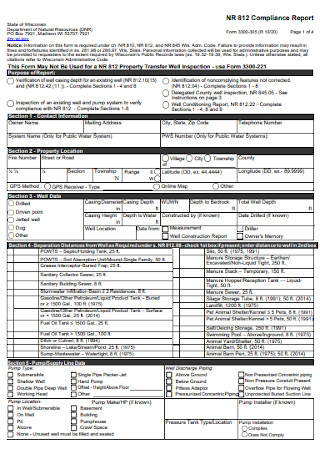
Printable Compliance Report
download now -
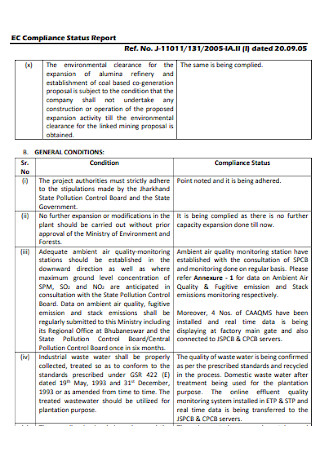
Compliance Status Report Template
download now -
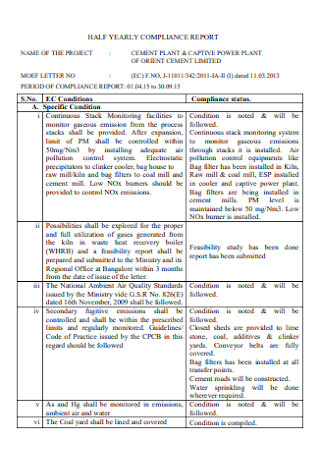
Sample Half Year Compliance Report
download now -
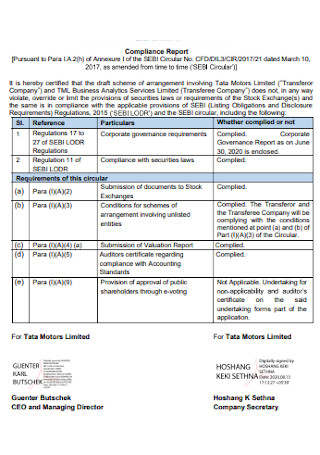
Basic Compliance Report Template
download now
FREE Compliance Report s to Download
51+ Sample Compliance Reports
What Is a Compliance Report?
Benefits of a Compliance Report
Types of Audit
How To Create a Compliance Report
FAQs
What is the definition of a compliance program?
What is the purpose of a compliance checklist?
What is a walkthrough audit, and how does it work?
What Is a Compliance Report?
Compliance reporting is the process of giving information to auditors that demonstrates that your organization is meeting all of the government and regulatory agency’s requirements under a specific standard. These reports are frequently the duty of the IT department. Company data is often handled in compliance reports, including how it is regulated or safeguarded, gathered and stored, secured, and distributed internally and externally. Compliance is a never-ending journey, and reporting needs to change as standards change. Many businesses utilize compliance reporting systems to generate the appropriate reports to comply with the requirements of the numerous compliance organizations with which they interact. According to research, many organizations struggle with whether all compliance issues are being appropriately addressed. The proof, as they say, is in the pudding or, in this case, in the reporting. When it comes to compliance reporting, the industry standard is around 1.4 percent, which means that for every 100 employees, there is one reported compliance violation. This may seem sufficient until you consider that 60% of compliance violations go unreported, and 80% of people in organizations with a history of unethical behavior never pick up the phone to call.
Benefits of a Compliance Report
Compliance reporting is critical for firms that regularly acquire and store personal and sensitive data. Compliance should be integrated into business strategy and procedures, according to industry experts, because regulatory requirements are continuously evolving. Companies should also analyze their business processes at least once a year to assess compliance risks and stay up with changing laws and regulations. Failure to comply can result in significant fines and damage to a company’s reputation, resulting in a loss of clients. Here are some of its other advantages.
Types of Audit
Typically, audits compare data from your financial statements and accounting books. Numerous business owners conduct routine audits regularly, such as once a year. If you are disorganized or do not maintain complete records, your audits may take longer to complete. Audits take on a variety of forms, depending on the business. In general, audits assist in ensuring that your business runs smoothly. So, what are the various audit types?
Internal Audit
Internal audit checklists are conducted within your organization. As the business owner, you inaugurate the audit, which another employee conducts. Internal audits can be used by businesses with shareholders or board members to keep them informed about their financial status. Additionally, internal audits are an excellent way to monitor progress toward financial goals.
External Audit
The fundamental goal of an external audit, like internal audits, is to determine the correctness of accounting records. Investors and lenders commonly require external audits to check the accuracy and fairness of a company’s financial information and data.
IRS Tax Audit
IRS tax audits are used to determine the correctness of your company’s tax returns that have been filed. Auditors examine your company’s tax liabilities for anomalies to ensure that you did not overpay or underpay taxes. Additionally, tax auditors examine your small business tax return for possible problems. IRS audits are frequently conducted at random by auditors.
Financial Audit
One of the most prevalent forms of audit is a financial audit. External audits are the most common sort of financial audit. During a financial audit, the auditor examines the financial statements of a company for fairness and accuracy. To conduct a financial audit, auditors examine transactions, procedures, and balances.
Operational Audit
An operational audit examines your company’s objectives, planning processes, procedures, and outcomes. Operational audits are usually carried out internally. An operational audit, on the other hand, can be conducted by a third party. An operational audit’s purpose is to thoroughly examine your company’s operations and identify ways to enhance them.
Compliance Audit
A compliance audit looks at your company’s policies and procedures to check if they meet internal and external requirements. Compliance audits can assist you in figuring out if your company is paying workers’ compensation or making shareholder payouts on time. They can also help you in determining whether your company complies with IRS requirements.
Information System Audit
Software and IT organizations are primarily affected by information systems audits. Business owners use information system audits to identify problems with software development, data processing, and computer systems. This sort of audit guarantees that users receive accurate information from the system and that unauthorized parties do not access personal information.
Payroll Audit
A payroll audit looks into your company’s payroll systems to make sure they’re correct. Examine several payroll parameters such as pay rates, wages, tax withholdings, and employee information while conducting payroll audits. Internal payroll audits are the most common. Conducting internal payroll audits can help you avoid future external audits.
Pay Audit
A pay audit might help you identify compensation disparities at your organization. Examine pay inequities based on race, religion, age, and gender during a pay audit. Pay audits can also assist you in guaranteeing that employees are paid appropriately based on the industry and location of your company.
How To Create a Compliance Report
It is critical to ensure the accuracy and thoroughness of every aspect while drafting a compliance report. Not only that, but each one must adhere to company policy, rules, and standard operating procedures. Please note our list of measures below to help you instill the attributes above in your report.
Step 1: Make a list of the essential information.
Begin by jotting down the specifics of your report. This must include the supporters, the submission date, the author’s name, the name of the firm or department being audited, and the report’s title. The title of a report is usually written first. The names of the audit subjects, the author’s name, the list of proponents, and the date of submission will be listed after that. Most experts prefer to include these items on a separate page, generally referred to as the cover page.
Step 2: Determine the Goal
After providing the essential information, state unequivocally what the report is about and part of the program’s documentation. While doing so, be sure to indicate the type of report you will be writing. This is to provide readers with a foundation for the following details. An excellent example of this is educating department stakeholders about a new state regulation that all businesses must comply with.
Step 3: Identify the Findings
As mentioned previously, a compliance report is a required document for successfully executing a strategic audit plan. And, as such, it’s self-evident that various company analyses and their associated results are involved. The results of this analysis must be detailed for the target audience to understand the company’s compliance status.
Step 4: Make Appropriate Recommendations
Once you’ve enumerated all the findings, please make a list of recommendations made by the auditor in their reports. This must be recorded in your company’s data inventory for future reference by other compliance auditors. Another rationale for including this section is because a report must detail every critical part of the process.
Step 5: Assign responsibilities and roles.
Set the right expectations for your compliance program to succeed. Inform people about the program and give roles and duties to those responsible for compliance reporting, such as the compliance audit report. Include the program in your employee development plan to raise awareness of the program among your employees. You can formally and effectively inform your staff about their roles in ensuring that your organization follows compliance policy.
FAQs
What is the definition of a compliance program?
A compliance program is a collection of internal rules and procedures implemented by a firm to maintain peace and order within the organization. It contributes to a company’s positive reputation. Aside from that, the compliance program will ensure that the company follows the local and national government’s rules and regulations for local enterprises. A company’s reputation will acquire the public’s trust, boosting potential clients for its products. It may also improve its chances of attracting investors or obtaining a bank or personal loan.
What is the purpose of a compliance checklist?
External and internal auditors utilize a compliance audit checklist to assess whether a firm complies with government legislation, industry standards, or internal policies. Compliance checklists aid in the discovery of process flaws that can be addressed to meet regulatory standards.
What is a walkthrough audit, and how does it work?
A walk-through is a process by which an auditor follows a transaction from its inception through its information systems reflected in the financial statements. At a minimum, the auditor should conduct one walk-through for each significant class of transactions.
As humans, we want things to happen the way we want them to. The universe, on the other hand, has a habit of causing havoc. We shouldn’t blame the universe for these things because they serve to hone your problem-solving skills and provide you with the experience you’ll need to confront the issues that your firm will face. Thanks to the information we provided in this post, you now know how to ensure that your firm complies with the authorities’ laws and regulations.
